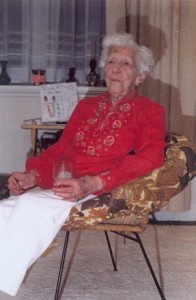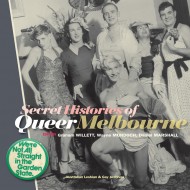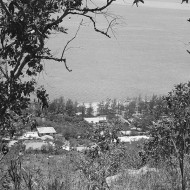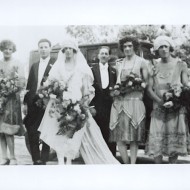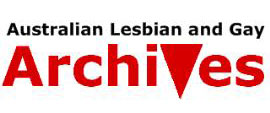 The Australian Lesbian and Gay Archives is an independent organisation community-based, volunteer-operated and not-for-profit, established in 1978.
The Australian Lesbian and Gay Archives is an independent organisation community-based, volunteer-operated and not-for-profit, established in 1978.
Currently the collection holds 40,000 periodicals (covering 1,300 titles); 45,000 newspaper clippings, 2000 ephemera files, 1500 posters, 800 badges, 4000 photographs, 4000 books and 130 oral history interviews, as well as personal correspondence and diaries, scrap books, court records, banners, paintings, film scripts, plays, audio and video tapes.
The Archives aspires to be a collection which reflects the diversity of GLBTI Australia. We do not see our role as censoring or judging the contributions of those who identify with any of those communities.
We host Ozhomohist, an email list for Australian GLBTI historical discussion.
Our publications include a history of Mardi Gras, a guide to Australian gay and lesbian writing and, most recently, Secret Histories of Queer Melbourne – 50-plus tales from our city’s very queer past.
For more information visit: The Australian Lesbian and Gay Archives
Statement by Graham Willet: A Wandering Archivist
Monte Punshon (1882-1989)
Ethel May Punshon (Monte to her many friends) never flaunted her sexuality, but she lived a rich camp* life with girlfriends and her ‘homosexual men friends’ for many decades.
Coming out at the age of 103, she became known throughout Australia as ‘the world’s oldest lesbian’, inspiring many with her courage and good humour. Asked for advice for young queer folk she declared: ‘Cast out fear. Look forward and have a goal. There are so many new and wonderful things to discover in life’.
We have an insight into her life in her scrapbooks, filled with women who, like her, lived as they chose rather than as society dictated.
* ‘Camp’ was the word homosexual Australians used for themselves until the early 1970s.
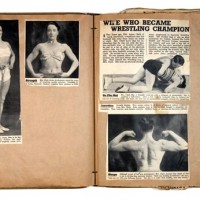 |
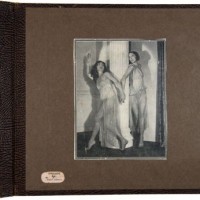 |
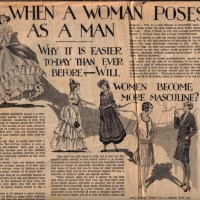 |
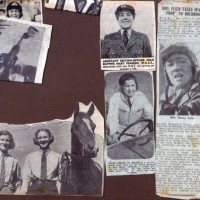 |
"Len"
In 1942, the American army in Papua New Guinea wrote to the Australian military authorities about homosexuals in their armies. Many of the Australians, it said, were ‘playing the female part’ in these encounters.
Over the next few months, one of Australia’s senior medical officers interviewed the men who had been caught – and others who came forward voluntarily. In return for telling their stories about their homosexual lives, these men would be removed from the army on medical, rather than criminal, grounds.
In the end, 18 men reported on their childhoods, their earliest sexual experiences, whether they had ever had sex with women, whether they had had sex with other men in their units, whether they had had sex with American soldiers and, especially, black American soldiers.
These case studies are the richest source of first person accounts of homosexual life we have in Australia until after 1970.
Take, for example, “Len’s”* account of his life – heavily censored even today. He tells of his adventures as a ‘bitch’, of his circle of Kamp friends, of sex parties with the American paratroopers. He mentions that he and his kamp friends would often pick up at the American Red Cross social club – Shangrila, as they all called it. His statement ends with the news of his new love affair with a 21 year old ‘butch’, who loves him back. Did they live happily ever after?
* All identifying features have been removed by the National Archives’ staff. Len is the name we have given this man.
 |
 |
 |
- Migrating Archives: Participating Archives
- Adarna Food and Culture Restaurant
- The Australian Lesbian and Gay Archives
- The Fonds Suzan Daniel
- GALA
- Gay, Lesbian, Bisexual Transgender Historical Society
- Glasgow Women’s Library
- Hall-Carpenter Archives
- Il Cassero and Centro di Documentazione
- Labrisz Lesbian Association
- The Leslie Lohman Museum
- The National Archives
- rukus!
- Virginia Commonwealth University Libraries
